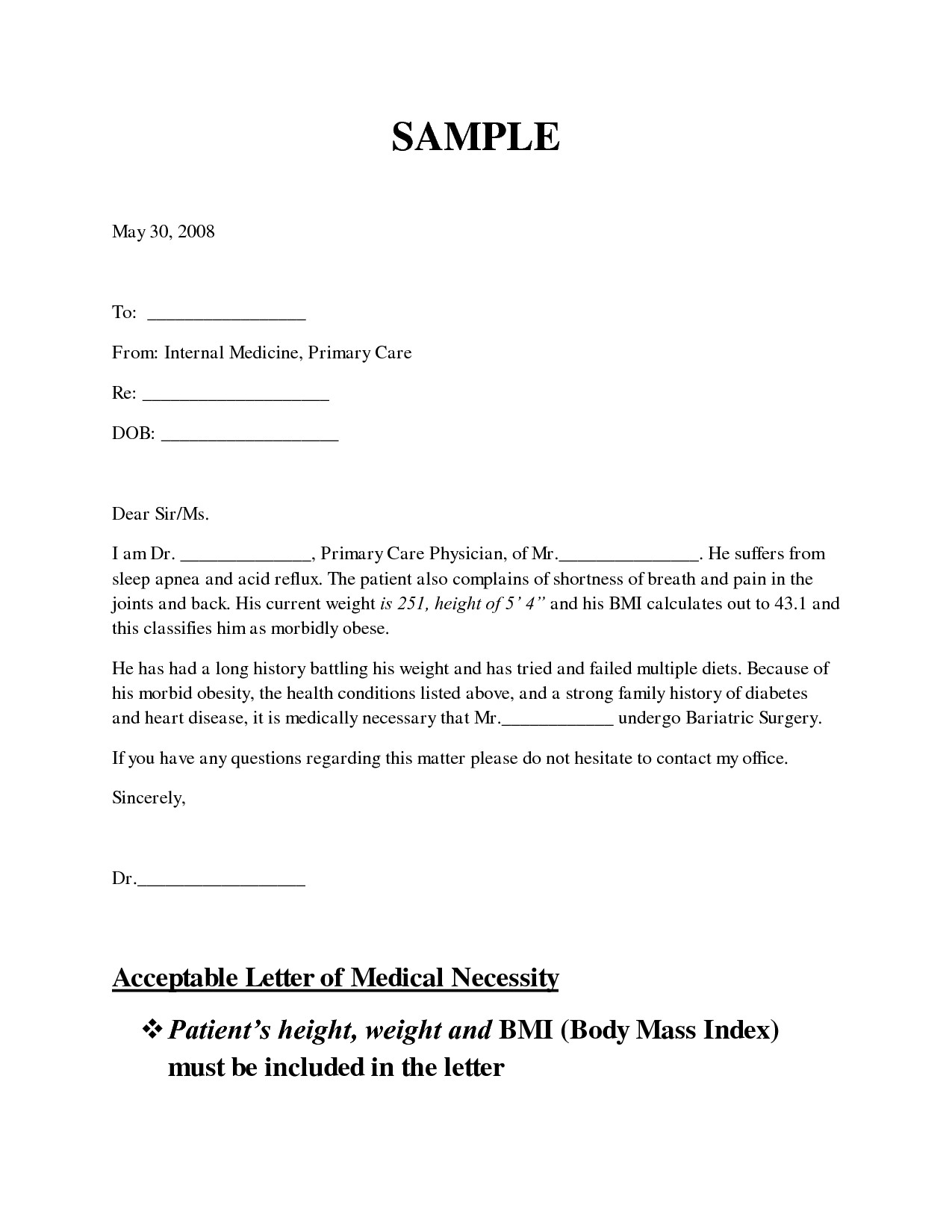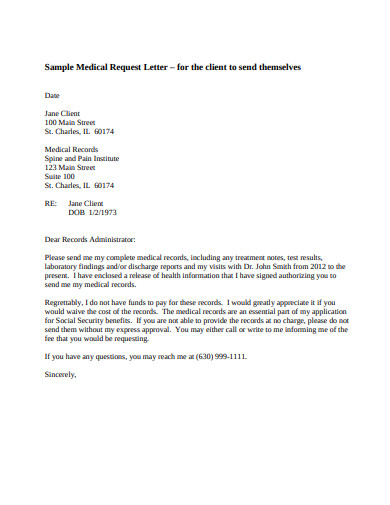

CD19 + B cells started to repopulate at 6 months after last infusion ( Figure, B). Median (IQR) time between last anti-CD20 infusion and first vaccine dose was 7.1 (4.3-9.3) months, with 19 (34.5%) and 15 (27.3%) patients receiving the first dose at 6 to 9 and more than 9 months after last anti-CD20 infusion, respectively. Given the evidence for low-dose rituximab in MS 5 and following the example of neuromyelitis optica, we regularly measure CD19 + B and CD19 + CD27 + memory B cells (at least every 3 months) and schedule ocrelizumab and rituximab infusions in stable patients only in case of CD19 + CD27 + repopulation (≥1 cell/uL).

As compared with no therapy, anti-CD20 and S1P modulators were associated with lower SARS-CoV-2 IgG (β = −2.19, P < .001 and β = −1.92, P < .001, respectively), whereas differences were not significant for teriflunomide (β = −0.01, P = .98) and cladribine (β = −0.39, P = .44) ( Figure, A). The percentage of patients remaining seronegative at t1 was 48.2% in the anti-CD20 group, 33.3% in the S1P modulators group, 7.1% in the cladribine group, 0% in the teriflunomide group, and 0% in the no therapy group ( Table). Four patients had positive results at t0 (cladribine, n = 1 anti-CD20, n = 2 untreated, n = 1) and were excluded from following analyses. The Table shows demographic and baseline SARS-CoV-2 IgG titers. Median (IQR) time between t0 and first vaccine dose and between second dose and t1 was 0 (0-0) and 26 (21-32) days, respectively. All individuals received 2 vaccine doses (median time between doses = 28 days). We recruited 120 patients between February 25, 2021, and May 11, 2021, in the following treatment groups: anti-CD20 (n = 58: ocrelizumab = 32, rituximab = 25, ofatumumab = 1), sphingosine-1-phosphate receptor (S1P) modulators (n = 9: fingolimod = 7, ozanimod = 2), cladribine (n = 15), teriflunomide (n = 24), and no therapy (n = 14). DMTs, time since last anti-CD20 infusion, and CD19 + B-cell counts were tested for association with log-transformed SARS-CoV-2 IgG using linear models adjusted by age and sex. 4 CD19 + B cells were measured at t0 using fluorescence-activated cell sorting. Quantification of IgG against SARS-CoV-2 spike receptor-binding domain was performed using a chemiluminescence microparticle immunoassay (Abbott quantification limits, 21-40 000 AU/mL cutoff for seropositivity = 50 AU/mL).

Serum samples were collected at t0 (within 2 weeks prior to first vaccine dose) and t1 (21-35 days after the second dose). This report follows the Strengthening the Reporting of Observational Studies in Epidemiology ( STROBE) guidelines. Written informed consent was obtained during routine neurological visits and the study was approved by Canton Ticino ethics committee (CETI3863). 2, 3 Exclusion criteria were medical treatments influencing response to vaccines other than MS DMTs and a previous symptomatic laboratory-confirmed SARS-CoV-2 infection. Inclusion criteria were a diagnosis of MS (using the 2017 McDonald criteria) age older than 18 years and being scheduled for SARS-CoV-2 mRNA vaccine (mRNA-1273 or BNT162b2 ). We performed a prospective observational cohort study at the Neurocenter of Southern Switzerland.


 0 kommentar(er)
0 kommentar(er)
